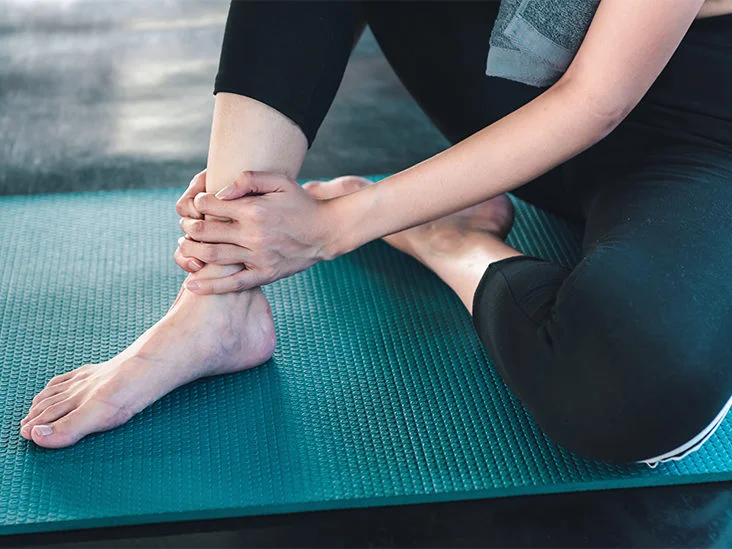5 Causes of Leg Pain
Leg pain can result from an injury or underlying medication condition. It can occur as a dull ache or an intense stabbing discomfort. In most cases, persistent leg pain results from circulatory issues. Leg pain can be extreme, altering your daily activities or movement. Sometimes you can treat leg pain with home remedies, especially if it results from a minor injury. If your leg pain is severe or persistent, consult your Ariel Soffer MD, FACC, for evaluation and treatment. Untreated leg pain can sometimes lead to severe complications like disability. There are many causes of leg pain, and below are some.
- Peripheral artery disease (PAD)
Peripheral artery disease is when your legs do not get enough blood. It typically occurs when arteries narrow. When you walk, your legs may feel weak or numb. You may have skin discoloration, and your legs might feel cold. You can manage PAD with lifestyle changes like quitting smoking. Your doctor can recommend medications to relieve pain and treat the condition. In severe cases, doctors can perform surgery.
- Deep vein thrombosis (DVT)
Deep vein thrombosis is where you get a blood clot in a vein, commonly in your thigh or lower leg. Not everyone with DVT experiences symptoms. You may experience pain, swelling, and redness if symptoms are present. DVT can be life-threatening if the clot breaks and travels to your lungs. Doctors can manage DVT through medications that prevent clots from forming, growing, or breaking off.
- Peripheral neuropathy
Peripheral neuropathy occurs when nerves that relay messages to and from your brain are damaged. If the condition affects your leg nerves, they may feel tingly, numb, or weak. Diabetes is the most common cause of peripheral neuropathy. Other diseases, medications, injuries, or infections can lead to the condition. Your doctor can manage peripheral neuropathy through pain relievers and treating the underlying cause.
- Varicose veins
Varicose veins are twisted, blue, or dark purple veins that appear close to your skin’s surface. They can occur on various body parts but are more common on the legs. Varicose veins develop when your vein valves become weak, and blood does not move back to your heart, hence, pooling in your legs. You have a high chance of developing varicose veins if you are overweight, pregnant, or stand or sit in one place for a prolonged period. Your doctor can treat your varicose veins through sclerotherapy, laser therapy, or compression stockings.
- Restless legs syndrome
Restless legs syndrome is a disorder where you have a strong urge to move your legs. You may experience itching, throbbing, burning, or pulling in your legs. The sensations mostly happen when lying in bed or sitting for prolonged periods. In most people, it occurs at night, making it difficult to fall asleep. Restless legs syndrome can be caused by genetic factors or other medical conditions like depression, diabetes, kidney disease, or iron deficiency.
Leg pain is any discomfort or ache that happens in your leg. It can result from many conditions, including DVT, varicose veins, peripheral neuropathy, PAD, or restless legs syndrome. Schedule an appointment at Ariel Soffer, MD, FACC, for leg pain treatment to prevent further complications.


